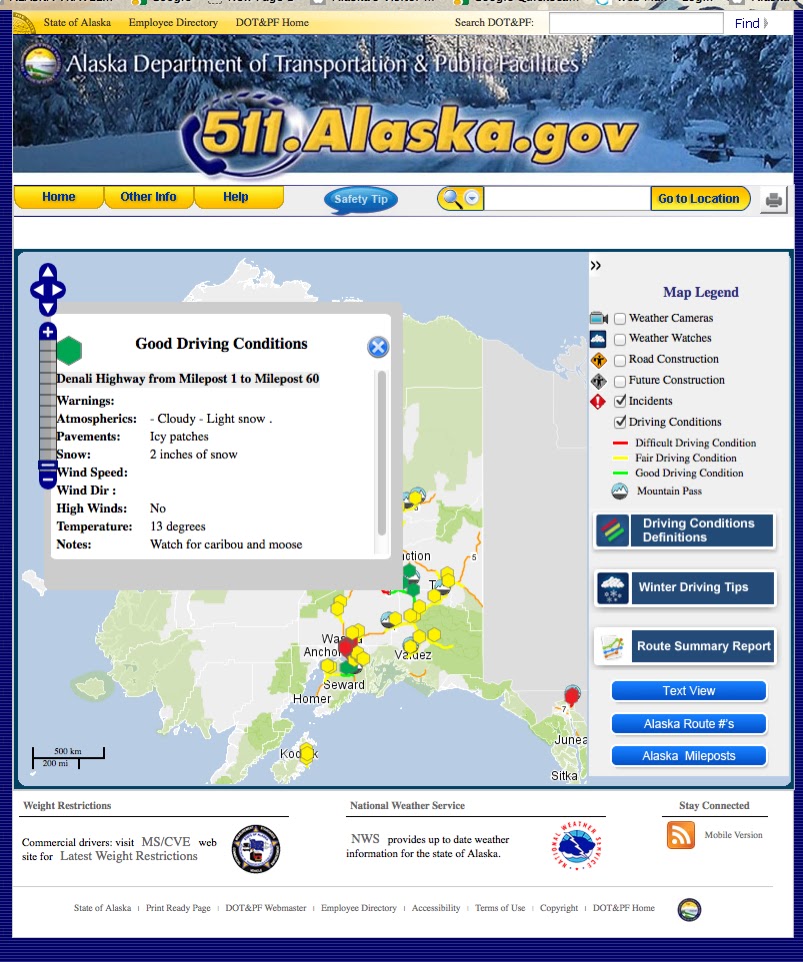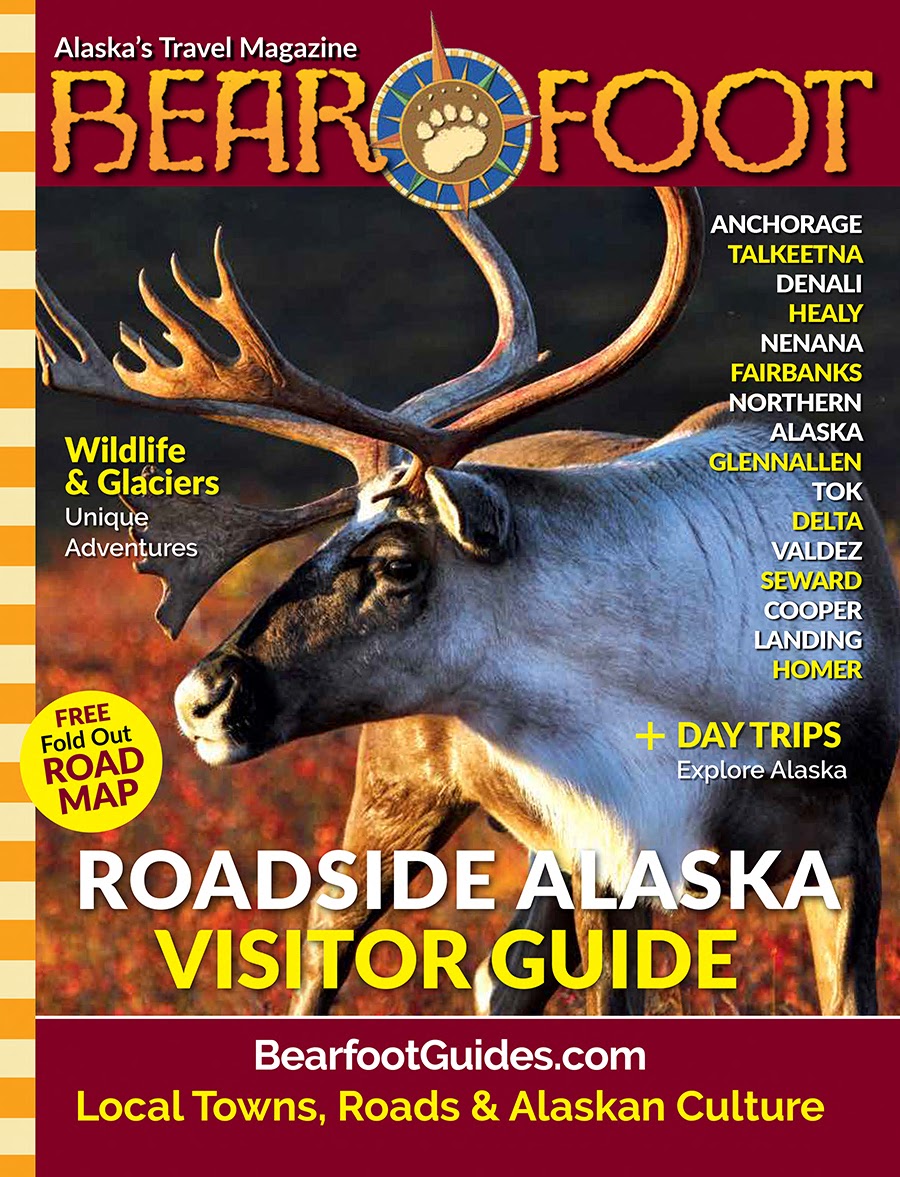53,000 Acre Burn Planned In Alphabet Hills North Of Lake Louise
Firefighters from outside of Alaska on the Parks Highway last summer. (Photo, Country Journal) ALPHABET HILLS FIRE PLANNED THIS SU...
https://www.countryjournal2020.com/2020/06/53000-acres-of-moose-forage-olanned-in.html

Firefighters from outside of Alaska on the Parks Highway last summer. (Photo, Country Journal)

ALPHABET HILLS FIRE PLANNED THIS SUMMER
NOTE: THIS IS THE OFFICIAL FISH & GAME NOTICE, IN ITS ENTIRETY, AS SENT TO THE COPPER RIVER COUNTRY JOURNAL ON JUNE 10TH, 2020:
Alaska Department of Fish & Game (ADF&G) continues to plan for the Alphabet Hills prescribed fire north of Lake Louise. While the Covid-19 situation has added a layer of complexity, ADF&G along with our agency partners are taking the necessary steps to exercise caution and still prepare for an ignition should the proper resources and environmental conditions exist.
ADF&G is partnering with DNR Division of Forestry (DOF) and Bureau of Land Management (BLM), both the Glennallen Field Office and the Alaska Fire Service, to burn approximately 53,000 acres for wildlife habitat enhancement. While the primary objective is to improve moose forage over the next 10-15 years, other wildlife are expected to benefit as well.
At this time, DOF and BLM must take cautionary steps in wildland fire management. With respect to Covid-19, Alaska faces challenges bringing in firefighters from out of state to help with wildfire suppression. Quarantines and social distancing will challenge efficiency in these operations. In early June, DOF will assess the wildfire situation in the state to determine if a 2020 ignition of Alphabet Hills prescribed fire is still an option. Evaluation may then continue throughout the summer as conditions are likely to change.
What is the status of moose in the Nelchina Basin – GMU 13A and 13B?
Traditional moose surveys were conducted in the fall of 2019. Moose abundance indices are derived annually, based on these minimum count surveys. Moose abundance in 13A is above the objectives, set at 3,500 – 4,200.The moose abundance index in 13B peaked around 5,000 moose (just below objectives) in 2015, and in recent years remains relatively steady but below objectives at roughly 4,000 moose. Over the winter of 2020, the area received considerable snow, but so far biologists have not seen evidence that moose suffered substantially on this side of Unit 13.
Conducting a prescribed fire in this area will stimulate regeneration of willow, dwarf birch, and other plants that moose use, thereby maintaining the healthy population into the future. Plant regrowth in this area is slow; regeneration from the 2004 prescribed burn has only recently yielded benefits in that plants are now tall enough to be available above the snow throughout the winter. Since natural ignitions are rare in this specific vicinity north of Lake Louise, prescribed fire can provide the disturbance required to invigorate these plants. During vegetation surveys in July 2019, ADF&G found that over-use by moose caused the plants to ‘broom,’ thereby stunting their growth and likely reducing their nutritional value.
The objective of the Alphabet Hills prescribed fire is to increase moose forage. While we cannot guarantee a biological response, we do anticipate an increase in winter forage and a corresponding shift in moose numbers and concentration. ADF&G would like to engage residents in a conversation about the outcomes of this project. We value the opportunity to address concerns about smoke impacts, burn timing, or other issues that may affect community members.
How will the fire be contained?
The three large burn units that make up this project total about 53,000 acres. Their boundaries are in alignment with various water features across the landscape in addition to high elevation areas with little vegetation to sustain fire. In this remote setting, it will be important to monitor the fire’s activity after ignition. However, because of the many water features in and around the units themselves and to the south, this makes for a good place to use fire since it will be difficult for it to move south. Further, the burn prescription calls for a southerly wind during ignition. This will help move smoke and fire to the north, away from people, homes, and the Glenn Highway. An aircraft will be flown to monitor the burn in the days after ignition and then will fly regular patrols in the weeks after the fire to ensure all ‘smokes’ are noted by DOF. Project staff will be communicating with local fire departments.Will the smoke impact residents and businesses?
Considering the large acreage of this project, there will be a considerable amount of smoke visible from several vantage points including Lake Louise, Glennallen, Paxson, and the highways surrounding this area: Denali, Richardson, and Glenn. Our goal is to communicate with the surrounding communities and businesses to notify residents and visitors about the project so that visible smoke will not cause alarm.With the required southerly wind, smoke is expected to travel north, away from people. Fire managers will be in contact with both the State Department of Environmental Conservation
Although the prescribed fire units total 53,000 acres, fires generally burn in a mosaic pattern as they move around water features and areas where vegetation does not support fire. Although the prescribed fire units total 53,000 acres, fires generally burn in a mosaic pattern as they move around water features and areas where vegetation does not support fire.
(DEC) and the National Weather Service to track weather before, during and after ignition. Smoke modeling is done the day before the burn and just before ignition to check that predicted and current winds will carry smoke in the direction intended. While the ignition period must have certain weather conditions to allow fire managers to start the burn, they will also look closely at the forecast for the days after the burn. A wetting rain will help reduce smoke output as the fire burns out.
In the event that winds are forecast to direct smoke into communities after ignition has taken place, we will notify community officials and media outlets immediately so that individuals sensitive to smoke can take precautions.
The open burn permit issued by DEC requires compliance with the State’s Enhanced Smoke Management Plan. It has been shown that public notification of the project decreases potential public health impacts attributed to smoke intrusion. Further, air quality monitoring will be initiated prior to the burn to establish baseline levels of particulate matter so that smoke impacts can be detected immediately from remote sites.
The smoke management goals for this project are consistent with DEC’s Open Burning Policy & Guidelines in that the burn does not spread to become a wildfire, and that it does not cause air pollution that creates a health hazard or a public nuisance.
What are the steps to plan for a prescribed fire?
Prescribed fires require a defined set of documents and studies to be completed on behalf of state and federal regulations, including a comprehensive plan that follows the guidelines provided by the National Wildfire Coordinating Group (NWCG). The plan ensures that consideration is given to safety, smoke, objectives, and a number of other factors to support a successful burn. → The Gulkana Wild & Scenic River Corridor runs within the burn units; BLM is required to complete an environmental review in compliance with the National Environmental Policy Act (NEPA). → Department of Natural Resources is reviewing the project so that a land use permit can be issued to ADF&G to burn these mostly State lands. → Cultural resources are being reviewed on both State and BLM lands to assess historical sites and whether mitigation actions could help protect them from the prescribed fire. → Ongoing communication with local communities, businesses, and visitors is important to us as this project is intended to benefit the public, wildlife, and natural resources in your area.Firing, or ignition of the burn, is expected to take place over several days with a helicopter and an airplane, both outfitted with a plastic sphere dispenser. Ping-pong sized balls filled with potassium permanganate are injected with glycol and then expelled from the machine and the aircraft. The resulting exothermic reaction ignites ‘fuels,’ or dry grass and plants, on the ground to initiate the prescribed fire. To use wind and topography to maintain heat and keep the fire moving, a helicopter will be used in places where the placement of spheres must be focused on a small area, and the airplane will be used to ignite the majority of the acreage by laying down fire in long strips within the units. Although somewhat complex in nature, the operation is small as only two aircraft will be used with a few key people in the air and several stationed on the ground for support and monitoring.
When might the burn happen?
The prescription for this burn has a wide window beginning June 15 and ending September 30. It is likely that all of the permits and approvals will be obtained by July, so an August ignition is still possible for 2020. If conditions do not align with the prescription, or some permits are held up, then we will attempt to ignite in 2021. Wildfire activity in the state and the Covid-19 situation will preclude any decision to implement this project.
Alaska Department of Fish & Game Contacts
Project Coordinator, Sue Rodman 267-2274 / sue.rodman@alaska.gov
Area Biologist, Heidi Hatcher 822-3461 /
















